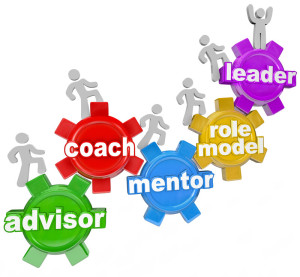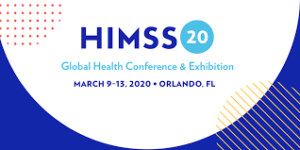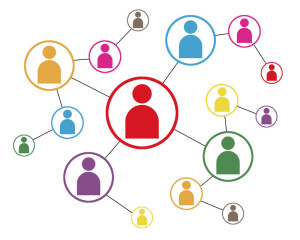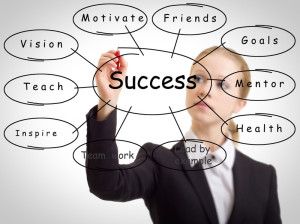It seems that I am getting a lot of requests to provide career advice these days. I did formal career coaching for a few people in recent months and am currently participating as a mentor in the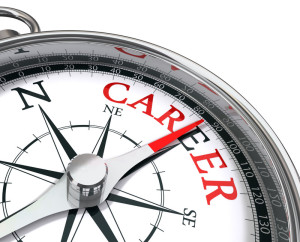 Boston Young Healthcare Professionals (BYHP) mentor program. In all these situations, I point people to my many previous blog posts on career advice to supplement what we discuss.
Boston Young Healthcare Professionals (BYHP) mentor program. In all these situations, I point people to my many previous blog posts on career advice to supplement what we discuss.
For general career advice, they find these “classics” useful to review:
Career advice in a competitive market
5 job search challenges in 2020
You need to own your own career
Make career choices right for you
In this new virtual world of recruiting, I tell people not to underestimate the power of LinkedIn. It is an online professional directory that recruiters look to for candidates. Optimize your profile. Ensure the one liner under your name is a good description of your role since that is what people see when you invite them to connect with you and when you are found on searches. Use the about section to describe what you offer and how you can add value – don’t just copy and paste your current job description summary. Be active which shows you are current and engaged – that means sharing content yourself and commenting on other people’s posts. And if you are actively looking for a new job, check the “open to work” box – don’t worry, you can control who sees it.
If you are thinking of using a coach, check out these two posts:
Investing in you, the value of a coach
Looking for a new job can be exciting and hard at the same time. Hopefully, the lessons and tips in these posts will make it a little easier.

